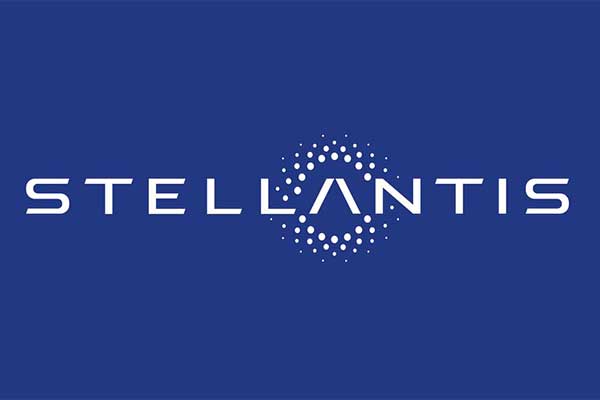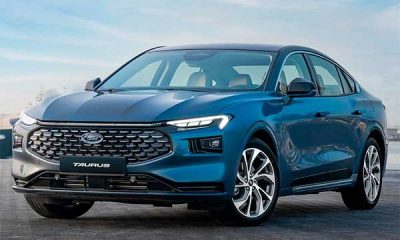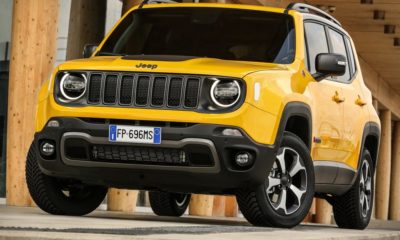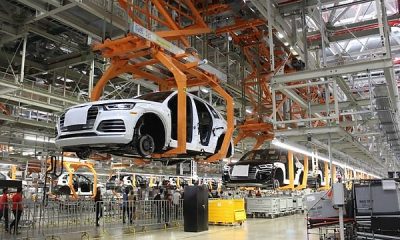The Stellantis Cassino Assembly Plant in Italy, a producer of vehicles for the premium and luxury brands, Alfa Romeo and Maserati, will add production of vehicles, to be shared at a later date, based on the flexible, BEV-centric STLA Large platform.
The announcement was made by Stellantis CEO Carlos Tavares as he visited the technically advanced assembly plant, which builds the Alfa Romeo Giulia and Stelvio as well as Maserati Grecale vehicles.
“The Cassino plant has a rich history of innovation and technology,” said Stellantis CEO Carlos Tavares. “The vehicles we are designing on the STLA platforms will revolutionize the driving experience with cutting-edge features and capabilities, so we trust the skilled workers and the Stellantis site management to master our bold cost and quality targets. The support of our workforce in Cassino and the foresight of local and national officials further electrify our efforts to delight customers with clean, safe, and affordable mobility.”
Cassino is the second Stellantis plant publicly named to produce vehicles based on the STLA Large platform, joining the Windsor Assembly Plant in Canada.
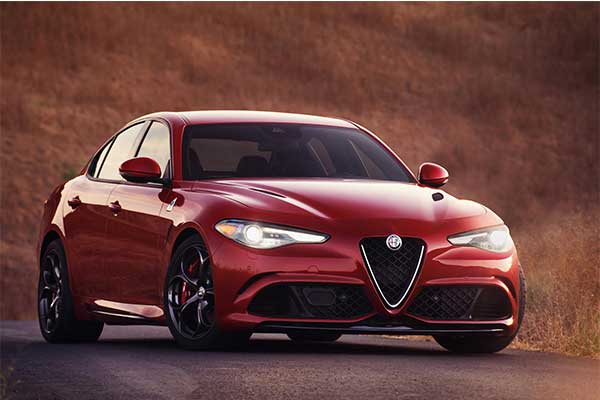
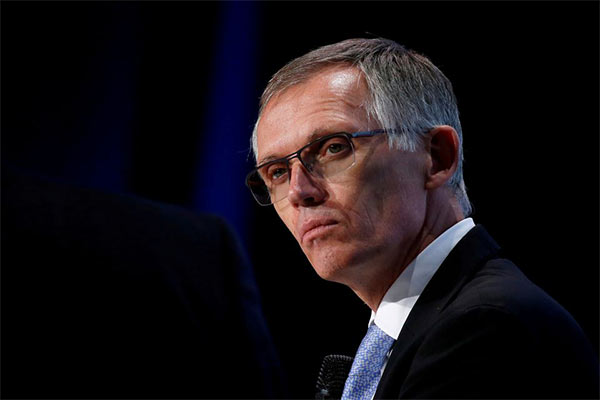
Opened in 1972, the Cassino Assembly Plant in Piedimonte San Germano, south-central Italy is a highly automated plant using more than 1,200 robots and includes stamping plating, painting, and plastic parts operations. The plant puts a high emphasis on energy and resource conservation. It has cut its use of water by half since 2017 and captures solar energy via photovoltaic cells positioned in its parking lots.
STLA Large is one of four BEV-centric, highly flexible vehicle architectures that underpin the Stellantis electrification plan. The STLA Large platform, the base for several upcoming vehicles from Stellantis brands, is designed to deliver up to 800 km/500 miles of electric range with Stellantis-designed electric drive modules (EDMs) and modular battery packs. Designers and engineers have the flexibility to adjust the platform’s length and width and powertrain configuration to tailor it to specific product designs.
Stellantis is investing more than €30 billion through 2025 in electrification and software to deliver BEVs that meet customer demands, including class-leading fast charge capability.
The investment is a key component of the Dare Forward 2030 strategic plan, which is led by deep emission cuts to slash CO2 in half by 2030, benchmarking 2021 metrics, and achieving carbon net zero by 2038 with single-digit percentage compensation of the remaining emissions. Core targets for Dare Forward 2030 also include 100% of passenger car sales in Europe and 50% of passenger car and light-duty truck sales in the United States to be BEVs by the end of the decade; the ambition of doubling Net Revenues by 2030 (versus 2021) and sustaining double-digit Adjusted Operating Income margins throughout the decade; and the aim to become number one in customer satisfaction for products and services in every market by 2030.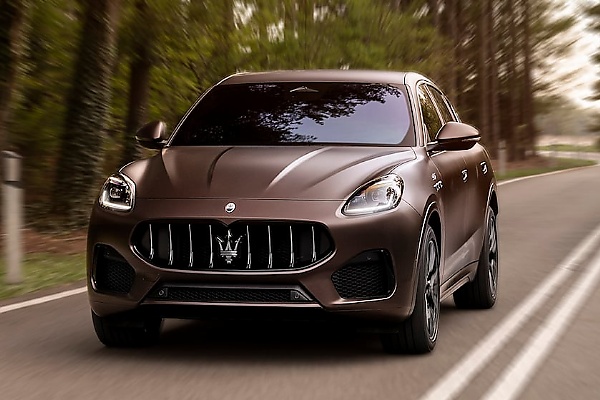


 News1 week ago
News1 week ago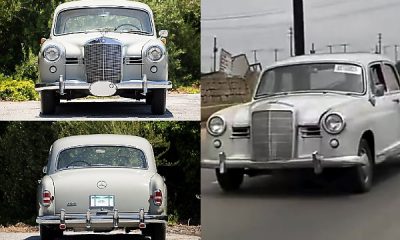
 News1 week ago
News1 week ago
 News1 week ago
News1 week ago
 News1 week ago
News1 week ago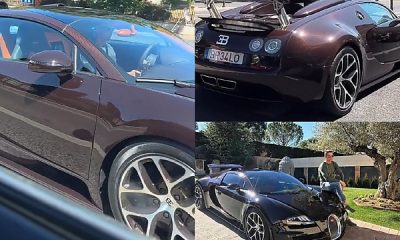
 News4 days ago
News4 days ago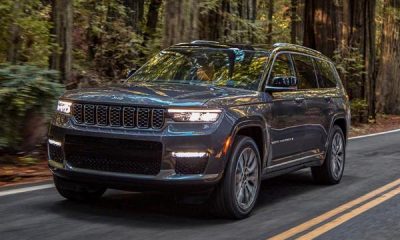
 Latest Cars1 week ago
Latest Cars1 week ago
 News1 week ago
News1 week ago
 News1 week ago
News1 week ago
